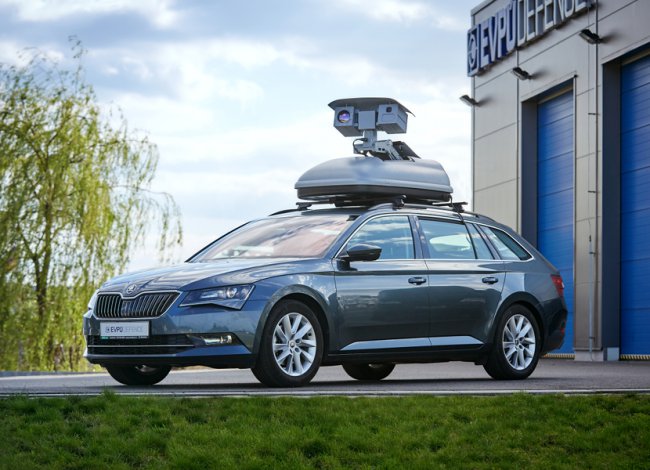Electro-optics is an exciting field of technology that has revolutionized the way we drive cars. The integration of electro-optics in cars has made driving safer, more comfortable, and more enjoyable. In this blog post, we’ll take a closer look at how electro-optics is changing the way we drive and why it’s such an important innovation.
First, let’s start with the basics: what is electro-optics? Simply put, electro-optics is the study of the interaction between light and electric fields. This field of technology has many practical applications, including in the automotive industry.
One of the most significant benefits of electro-optics in cars is improved safety. With the help of electro-optics, cars can detect and respond to potential hazards more quickly and accurately. For example, advanced driver assistance systems (ADAS) use electro-optics to detect other cars, pedestrians, and obstacles on the road, which can help prevent accidents.
Another area where electro-optics is making a big impact is in the area of lighting. New technologies such as LED lighting and laser headlights are changing the way we see the road. LED lights are much more energy-efficient than traditional headlights, which can help improve fuel economy. Laser headlights are even more energy-efficient, and they also provide a much brighter and more focused beam of light, which can help drivers see further down the road.
Electro-optics is also changing the way we interact with our cars. For example, heads-up displays (HUDs) use electro-optics to project important information, such as speed and navigation instructions, onto the windshield. This means that drivers don’t have to take their eyes off the road to check their speed or look at a map.
Another exciting development in electro-optics is the integration of augmented reality (AR) technology. AR can be used to enhance the driving experience by providing real-time information about the road ahead. For example, AR can be used to display information about nearby businesses or landmarks, or to highlight potential hazards on the road.
Finally, electro-optics is also making cars more energy-efficient. For example, solar panels can be used to power electronic systems in the car, reducing the need for a traditional battery. Electrochromic glass can also be used to control the amount of sunlight that enters the car, reducing the need for air conditioning.
In conclusion, electro-optics is an exciting and rapidly-evolving field of technology that is changing the way we drive. From improved safety to energy efficiency to enhanced driving experiences, electro-optics has many practical applications in the automotive industry. As we continue to explore the potential of electro-optics, we can look forward to even more exciting innovations in the years to come.
Advantages
Some advantages of Electro Optics in cars are:
- Improved Safety: Electro-optics technology can detect potential hazards and help prevent accidents. Advanced driver assistance systems (ADAS) use electro-optics to detect other cars, pedestrians, and obstacles on the road, which can improve safety on the road.
- Better Lighting: LED lights and laser headlights are more energy-efficient and provide a brighter and more focused beam of light, helping drivers to see better in low-light conditions.
- Enhanced Driving Experience: Electro-optics technology such as heads-up displays (HUDs) and augmented reality (AR) can provide real-time information about the road ahead, enhancing the driving experience.
- Energy Efficiency: Solar panels and electrochromic glass can be used to reduce the car’s energy consumption, making it more energy-efficient and environmentally friendly.
- Comfort: Electro-optics technology can provide a more comfortable driving experience by reducing glare, controlling the temperature, and reducing noise levels inside the car.
Disadvantages
While Electro Optics technology has many advantages, there are also some disadvantages to consider:
- Cost: The cost of integrating electro-optics technology into cars can be expensive, which may result in higher prices for consumers.
- Maintenance: Electro-optics technology can be complex and may require specialized knowledge for maintenance and repair, which can be costly and time-consuming.
- Dependence on Electricity: Electro-optics technology relies on electricity, which means that a malfunction or failure of the electrical system can affect the performance of the technology.
- Limited Usefulness in Certain Conditions: Some electro-optics technologies, such as heads-up displays (HUDs), may be less useful in bright sunlight or poor weather conditions, reducing their effectiveness.
- Security Risks: As cars become more connected and reliant on technology, they also become more vulnerable to cyber attacks and security breaches, which could compromise the safety and privacy of drivers and passengers.










